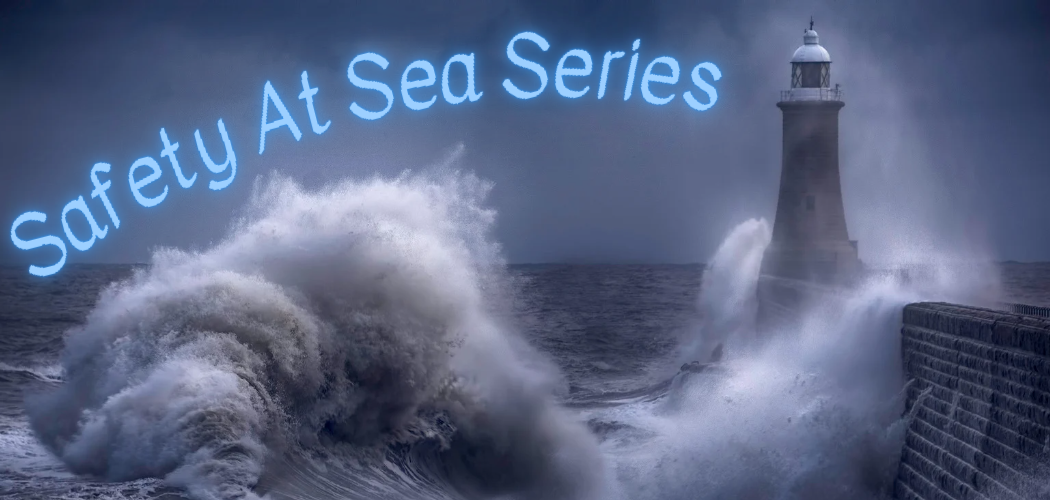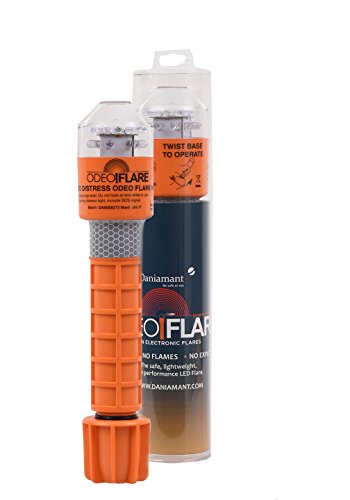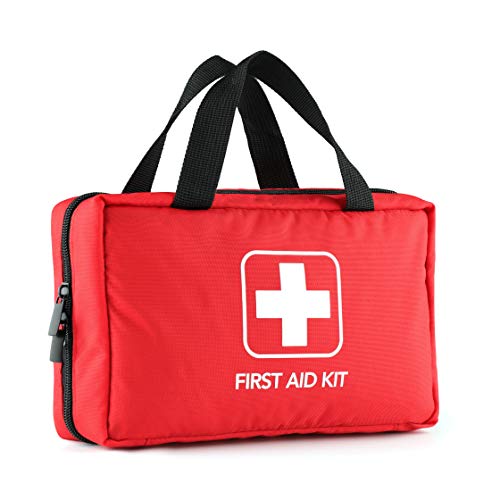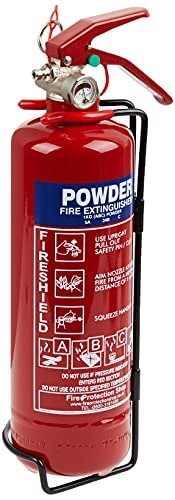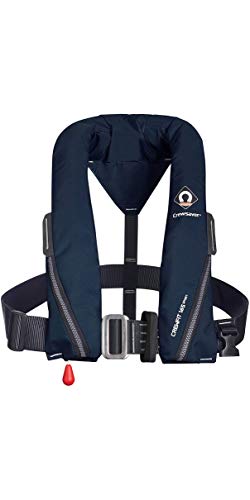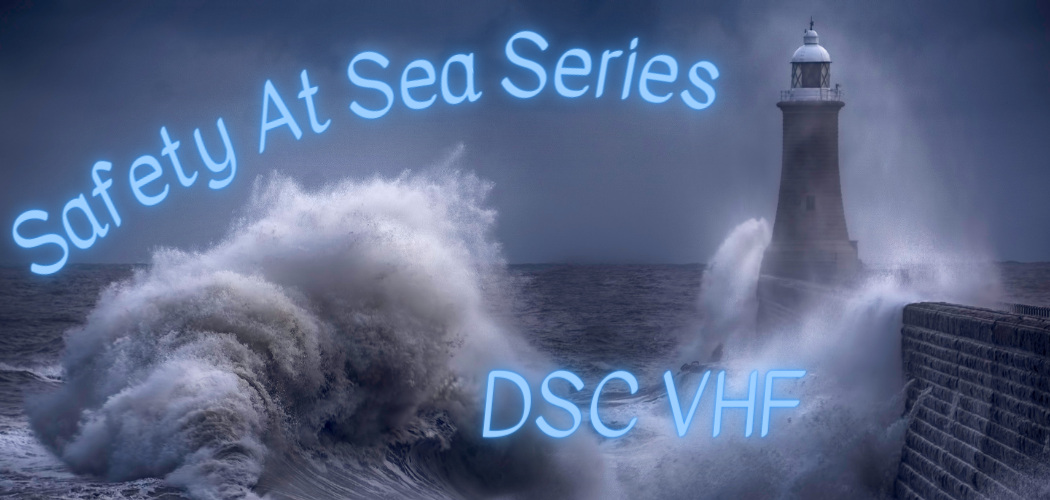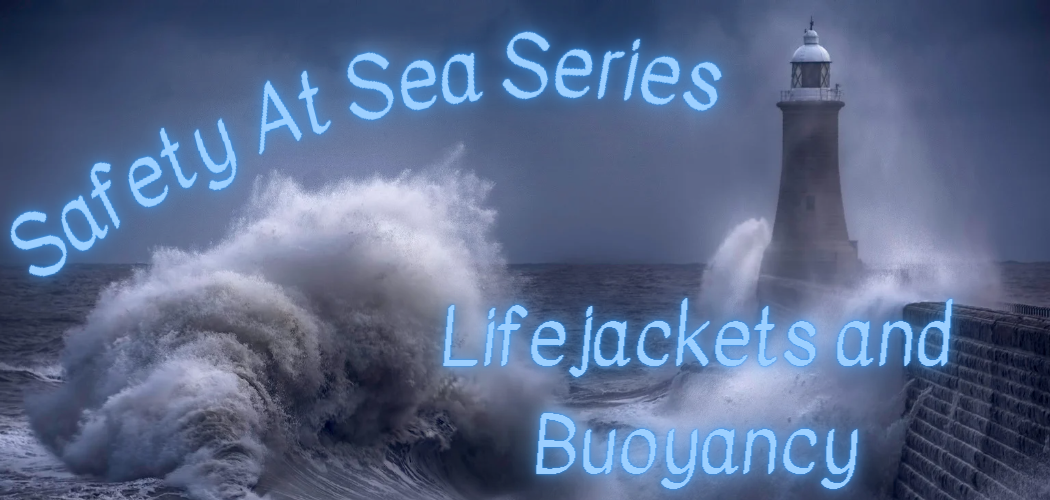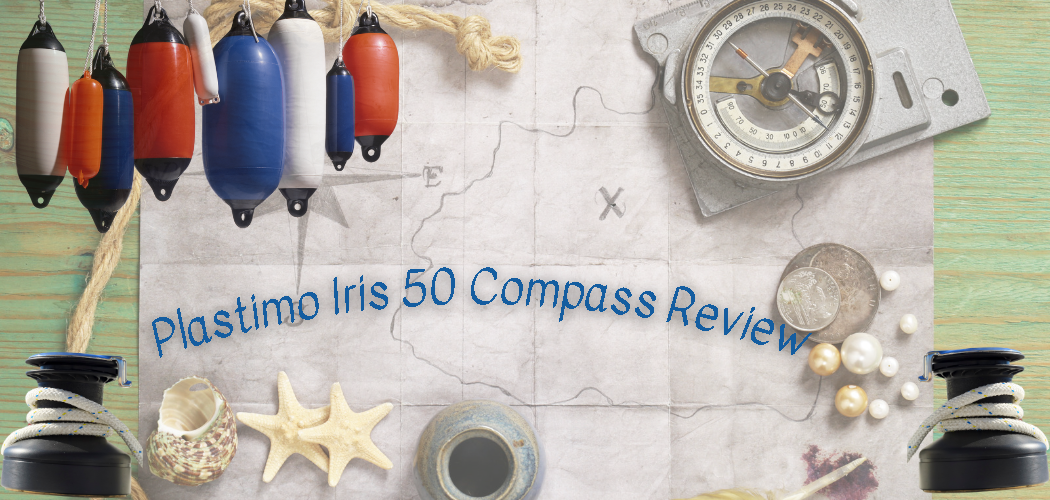Boat Safety Equipment every boat should have.
Boating is an enjoyable and relaxing activity, but it is important to remember that safety should always be a top priority. Accidents can happen, even to the most experienced boaters, which is why it is crucial to have the right boat safety equipment on board.
In this article, we will discuss some of the essential safety equipment that every boat should have, including life jackets, navigation lights and sound signals, fire extinguishers, and first aid kits. We will also provide tips on how to properly maintain and use this equipment to ensure your safety on the water.
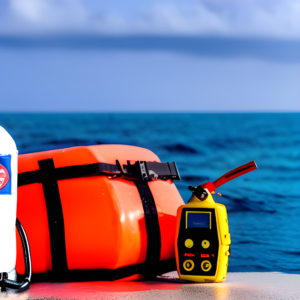
Boating safety equipment is not just a legal requirement, but it is also essential for your own safety and the safety of those around you. By having the right equipment and knowing how to use it, you can enjoy your boating experience with peace of mind.
It is important to note that the safety equipment required for your boat may vary depending on its size, type, and intended use. Therefore, it is essential to consult with the UK Maritime and Coastguard Agency (MCA) or other relevant authorities to ensure that your boat is properly equipped before setting out on a trip.
Table of contents
Life Jackets
Life jackets are one of the most important pieces of safety equipment on board a boat. They are designed to keep you afloat and provide buoyancy in case of an accident, and they can make the difference between life and death.
It is essential to wear a life jacket at all times when on board, especially in rough waters. Even if you are a strong swimmer, wearing a life jacket can help you stay afloat and conserve your energy in case of an emergency.
When choosing a life jacket, it is important to select one that is suitable for your weight, size, and activity. There are different types of life jackets available, including manual and automatic inflatable jackets, foam-filled jackets, and hybrid jackets.
Manual and automatic inflatable jackets are popular choices for boaters as they are lightweight and provide maximum mobility. They inflate automatically when they come into contact with water, or you can manually inflate them by pulling a cord. Foam-filled jackets are a good option for children and non-swimmers as they provide more buoyancy and do not require any action to inflate.
In addition to wearing a life jacket, it is important to properly maintain and store them. Always check your life jacket for any damages or wear and tear, and replace it if necessary. Store them in a dry and well-ventilated area, away from direct sunlight and any chemicals that could damage them.
By wearing a life jacket and properly maintaining it, you can ensure a safer and more enjoyable boating experience.
Fire Extinguishers
Fires on boats can be extremely dangerous, as they can spread quickly and have limited escape routes. This is why it is essential to have fire extinguishers on board and to know how to use them properly.
When choosing a fire extinguisher for your boat, it is important to select one that is approved for marine use and is suitable for the types of fires that are likely to occur on board. For example, a class B extinguisher is designed to put out fires caused by flammable liquids such as gasoline, while a class C extinguisher is suitable for electrical fires.
It is also important to know where to locate fire extinguishers on your boat, as they should be easily accessible in the event of a fire. At least one fire extinguisher should be located in the engine room, while additional extinguishers should be placed in other areas of the boat, such as the galley or cockpit.
To use a fire extinguisher, remember the acronym PASS: Pull the pin, Aim at the base of the fire, Squeeze the trigger, and Sweep from side to side. It is important to keep a safe distance from the fire and to only attempt to extinguish a fire if it is safe to do so. If the fire is too large or is spreading too quickly, evacuate the boat immediately and call for emergency services.
Regular maintenance and testing of fire extinguishers is also essential for ensuring their effectiveness in the event of a fire. Check the pressure gauge and ensure that the extinguisher is not damaged or corroded. It is also important to recharge or replace the extinguisher after use or when it has reached its expiry date.
Navigation Lights & Sound Signals
Navigation lights and sound signals are critical components of boat safety equipment that every boater should be aware of. They are used to indicate the position, size, and direction of a boat to other vessels and to prevent collisions.
Navigation lights are required by law and should be tested before every trip. They consist of a red light on the port (left) side, a green light on the starboard (right) side, and a white light on the stern (back) of the boat. These lights indicate the direction the boat is moving, and they should be visible from a distance of at least two nautical miles.
Sound signals, on the other hand, are used to indicate the presence of a vessel in poor visibility conditions or when navigating in restricted areas. The most common sound signal is the horn, which should be sounded for at least four seconds in specific circumstances, such as when approaching a blind bend, in a narrow channel, or in reduced visibility.
It is essential to understand the rules and regulations regarding navigation lights and sound signals before setting out on a boating trip. Failure to comply with these rules can result in serious accidents and penalties.
In addition to complying with regulations, it is important to maintain and test navigation lights and sound signals regularly. Check that they are in good working condition and that the batteries are charged or replaced as needed. This will ensure that you are always prepared in case of an emergency.
First Aid Kit
Accidents can happen anytime and anywhere, including while out on the water. It is important to have a well-stocked first aid kit on board to be prepared for any injuries that may occur. A first aid kit should contain basic supplies to treat minor injuries such as cuts, burns, and bruises.
Some essential items that should be included in a boat’s first aid kit are:
Adhesive bandages of various sizes
Sterile gauze pads and adhesive tape
Antiseptic wipes or solution for cleaning wounds
Sterile eyewash solution
Non-latex gloves
Tweezers and scissors
Instant cold packs
Pain relief medication
Sunscreen and insect repellent
A first aid manual or instruction booklet.
It is important to regularly check the first aid kit and replace any expired or used supplies. Store the first aid kit in a dry and accessible location on board, and make sure that all members of the crew are aware of its location and how to use its contents.
Flares
Flares are an essential piece of safety equipment for any boater. They can be used to signal for help in the event of an emergency and are required by law to be on board any vessel that operates beyond coastal waters. There are different types of flares available, each with their own specific purpose.
Handheld flares are the most common type of flare used for distress signaling. These flares are designed to be held above the head and can be seen from a distance of up to five miles away. They are typically used to signal for help when there is a person in the water, or when the boat is in distress.
Aerial flares, on the other hand, are fired into the air and can be seen from a much greater distance. They are typically used in situations where the boat is too far away from land or other boats to be seen, and they can signal for help from a greater distance.
Smoke flares are also available and can be used to mark the location of the boat or to signal for help when visibility is poor due to fog or other weather conditions.
It is important to know how to use flares properly, as improper use can be dangerous. Always read the instructions on the flare packaging and ensure that you are familiar with how to activate and deploy them. It is also important to keep flares in a dry and accessible location on board the boat.
Flares have an expiry date and should be replaced before they expire. This ensures that they are effective when needed and reduces the risk of failure in an emergency situation.
Do’s and Dont’s:
Do
- Follow the UK Coastguard regulations and requirements for safety equipment
- Keep the safety equipment in good condition and regularly check for any damages or expired items
- Always wear a life jacket when on board, especially in rough waters
- Ensure that everyone on board knows the location and proper use of the safety equipment
- Carry a first aid kit and know basic first aid procedures
- Test navigation lights and sound signals before every trip
- Check the weather forecast before heading out on a trip
Don’t
- Overload the boat with too much weight or people
- Drink alcohol while boating
- Neglect safety equipment and procedures
- Sit with your legs over the sides when near other vessels, or in port
- Ignore any warning signs or signals
- Leave lines hanging over the side of vessel
- Ignore ‘Mayday’ requests, if you can safely assist or are within easy reach of the casualty vessel
References:
Coastal and offshore Pleasure vessels:
UK Inland waterways:
UK Inland Waterways Recreational Craft
Other Useful Information:
Product Suggestions
Conclusion:
Boat safety equipment is essential for a safe and enjoyable boating experience. Life jackets, fire extinguishers, navigation lights, sound signals, first aid kits, and flares are must-have items that every boat owner should carry. It is important to follow the UK Coastguard regulations and requirements for safety equipment and procedures. By taking the necessary safety measures, you can ensure a memorable and safe boating experience.


